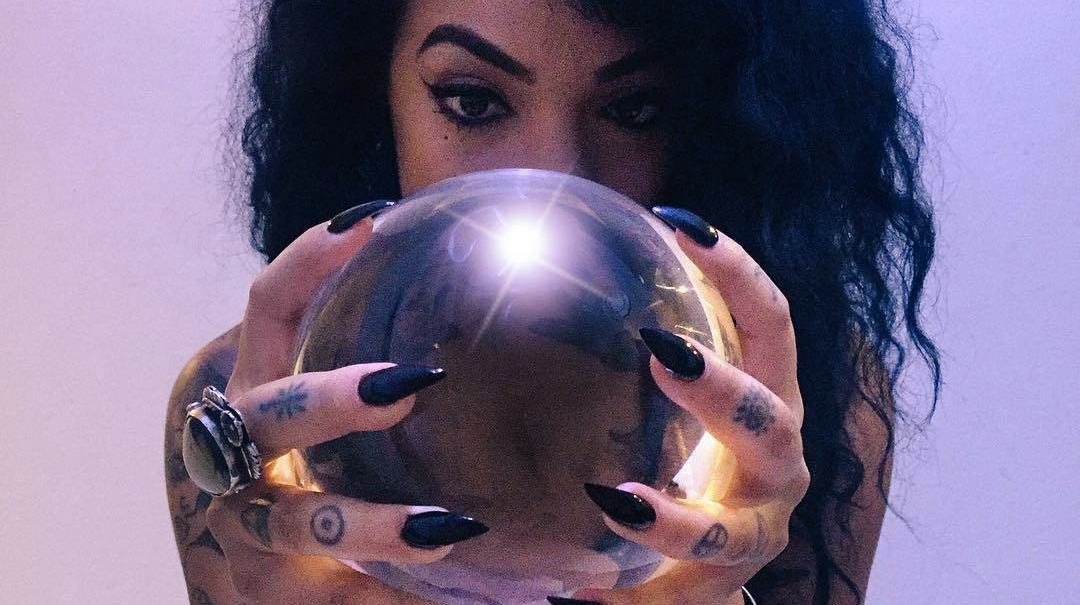Witchcraft has always been a young woman’s game. Sure, it was popularized by an upper middle class English dude, but the practice’s celebration of female friendships, nature, and goodtime goddesses like Sophia have secured its popularity among women for generations. But while its appeal might be trans-seasonal, there’s no denying that halfway through this decade, the craft is totally having a moment.
A decade ago wearing a pentagram necklace to school said you were an outsider, now it says you have an Urban Outfitters account. In recent years, the occult has provided visual inspiration for online icons like Petra Collins, sparked unexpected revivals in aura photography, seen tarot become the new charades, and launched a niche app industry.
Today’s young witches may have been introduced to the practice through the The Craft and Willow’s sexual awakening, but Instagram accounts, social media savvy covens, and a whole season of American Horror Story have ensured that the culture has well and truly migrated out from the shadows and onto Tumblr dashboards.
LA based Bri Luna is the owner and director of popular site The Hoodwitch, a space where she provides “everyday magic for the modern mystic.” Despite growing up with a grandmother who embraced unique spiritual practices, Bri truly found her way into witchcraft as a teenager. Her attention was initially caught by the idea of a coven, and she admits that her ventures initially mostly included attempts to cast spells on boys. Speaking to i-D, Bri remembers when she realized these teenage exercises truly “were very magical and powerful.” Adding, “I have just always been fascinated with the unseen, not just knowing but feeling that something else exist beyond our physical senses.”

Her attraction to coven culture mirrors the experiences of many young witches who find the structure both supportive and liberating. Unlike many organizations teenagers find themselves in (such as school, church, or sports clubs), covens present an alternative to patriarchal hierarchies. Like witchcraft itself, they don’t rely on established figures of authority. Rather, the focus is on participants exploring and teaching themselves, alongside friends and mentors. Covens let you be your own boss, something teenagers don’t often get the chance to do.
They also reflect, and are strengthened by, friendship structures that encourage group participation, communication, and experimentation. Bri notes that witchcraft’s focus on female solidarity and empowerment feels particularly relevant to our broader social climate. “Women are reclaiming their personal power and that scares some people,” she comments, “this power has been inside us for years. It has been suppressed due to societal conditioning, pressures to conform to ‘acceptable’ behavior, and yes, of course religion.”
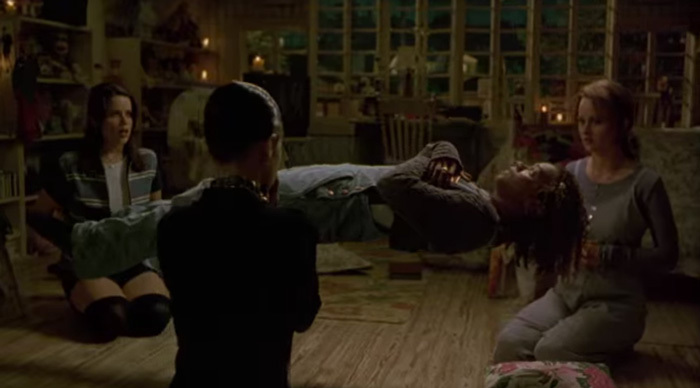
On the other side of the country in New England, this focus on self-driven empowerment also drew artist Courtney Brooke Hall to the craft. Describing her pagan beliefs as a “a more feminine centered, earth centered way of living,” she appreciated the power witchcraft placed in women’s hands.
Additionally, Courtney feels the flexibility of the craft is central to its growing popularity: “Wiccans feel free to review different belief systems and incorporate them, as well as allowing solitary practitioners that allow anyone anywhere to practice.” In place of rigid dogma, witchcraft offers a language of exploration without asking you to subscribe to a doctrine or reject other thinking. It’s not exclusive, consider it a cosmic open relationships — something understandably attractive in the Tinder age.
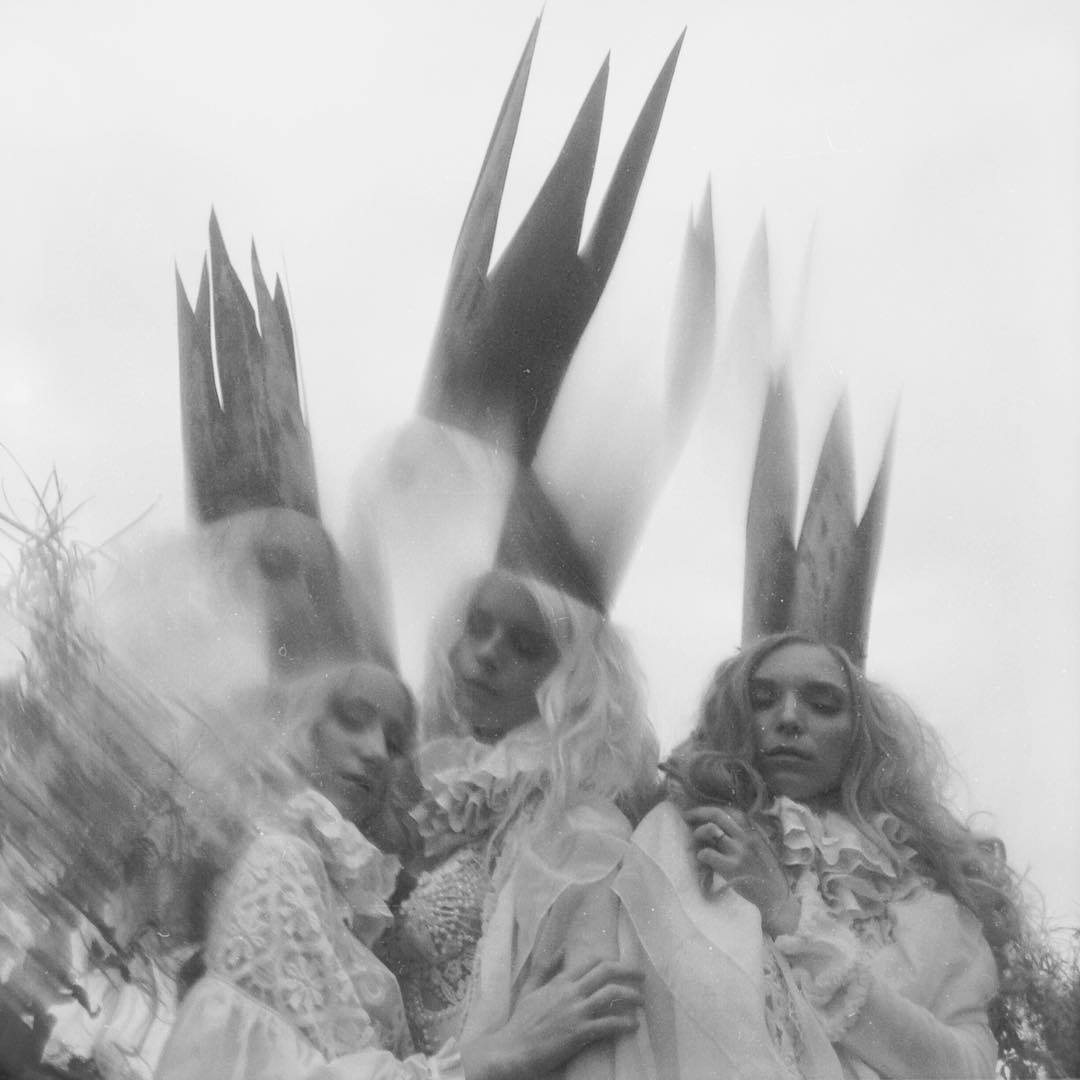
Plenty of the ideas witchcraft explore neatly tie into broader concerns that many young people are feeling drawn to in 2016. As Courtney reflects, “in a time of what some might call ecological despair, the pagan beliefs tune into nature and speak to matching your life with that of the earth rather than bending the earth to match your needs.”
While to some that may seem like distant reasoning, witchcraft is a surprisingly logical response to environmental devastation and gender revolution. Few cultures address and consider these concerns more fully. In reference to the role that respect for the earth plays, Bri notes: “We honor the elements, the changing of the seasons, Lunar phases, planetary cycles. They are all important correspondences as we are all interconnected.”
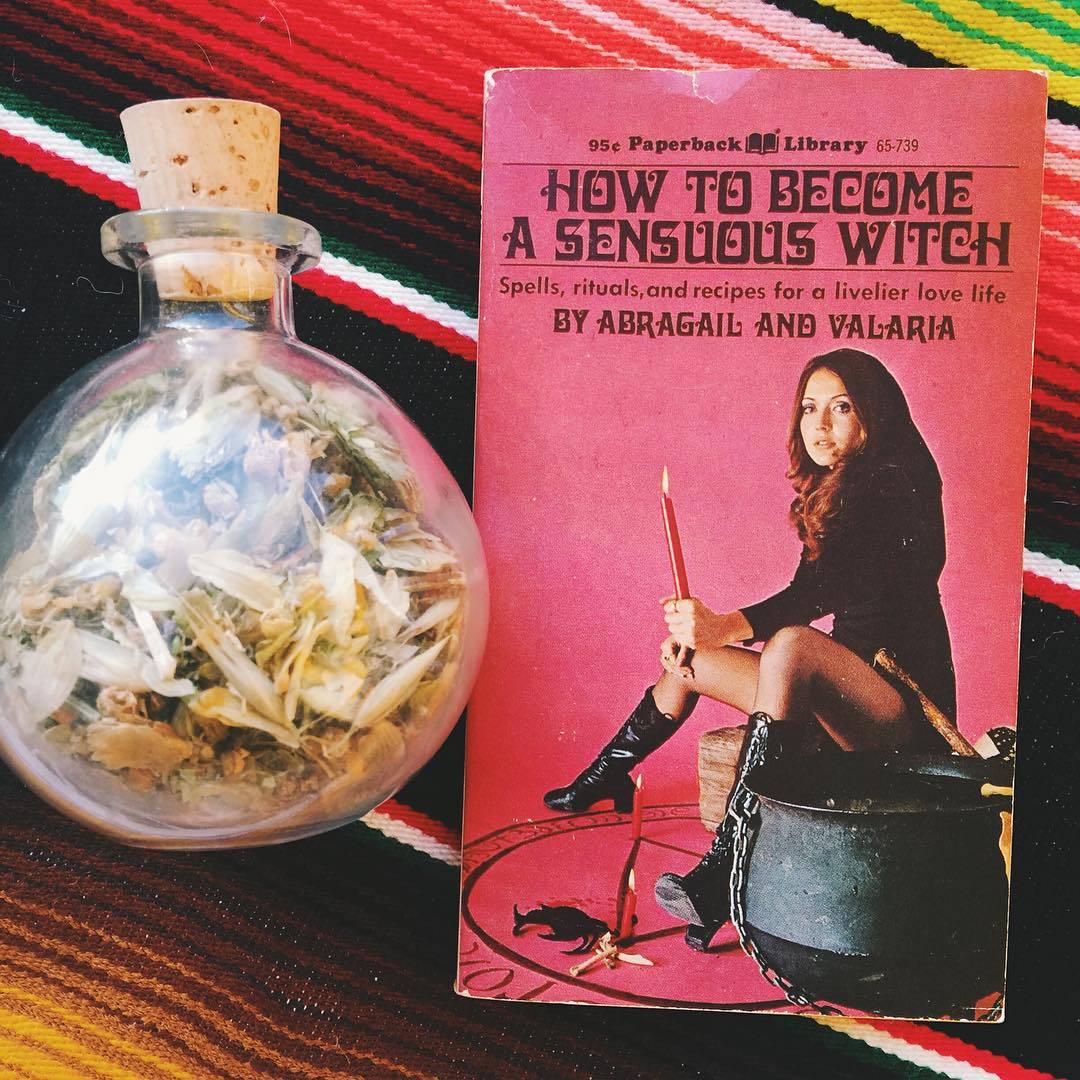
But the practice’s recent explosion in popularity is a product of more than inclusive thinking: we’ve got to thank the web too. Society may have been ripe for a female dominated, nature focused movement, but for a historic culture, witchcraft is incredibly well suited to the internet age. “Technology has made esoteric and occult information more readily available. People have exchanged grimoires for Google,” laughs Bri.
Previously, partaking in witchcraft involved trips to out of the way bookshops and specialist stores. Now technology offers novices a platform to share, research, and connect. Sites like thehoodwitch.com attract hundreds of members each month, and their focus on shared information and experiences directly reflect the values that underpin so much of online culture.
But Instagram is where the current crop of digital witch-celebrities have really flourished, and where many young teens are getting their first taste. Popular accounts like @bloodmilk, @nonalimmen, and @_spirits have gathered tens of thousands of followers — many of whom are more interested in the aesthetic than the Wicca.
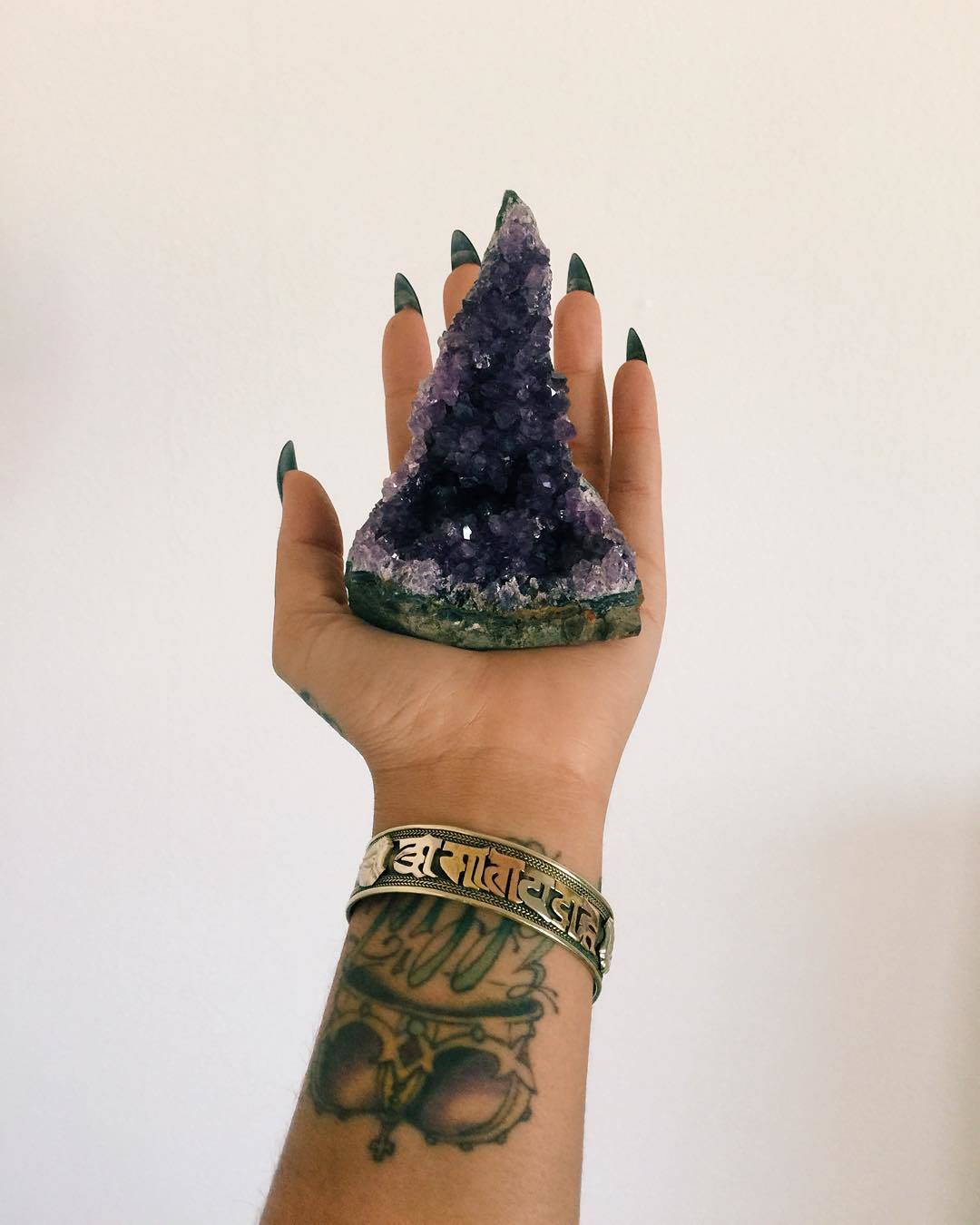
The reality is that witchcraft’s message of respect, paired with its rich visual culture, mean it was truly made for social media. Even if you’re not interested in reconnecting with the earth or your inner goddess, you’ll probably happily share a couple of well filtered snaps of crystals. At the core, it’s this dichotomy — of ideology and iconography — that’s responsible for witchcraft’s sudden growth. Few subcultures have the same ability to seamlessly integrate youth, gender, creative, and digital culture.
It is, after all, a movement driven by personal exploration with a good aesthetic. Can you imagine anything your teenage self would have wanted more?
Credits
Text Wendy Syfret
Image via @_spirits
